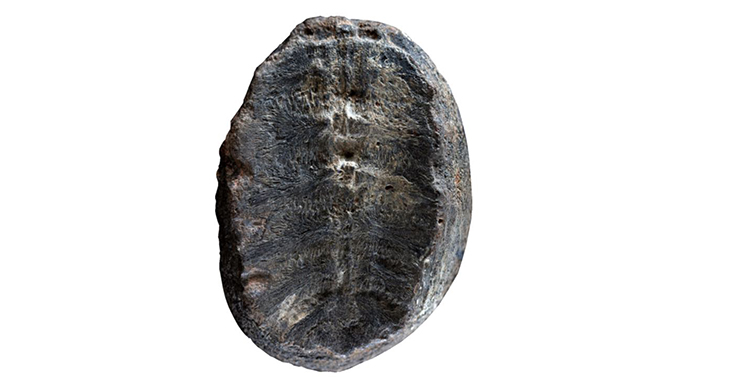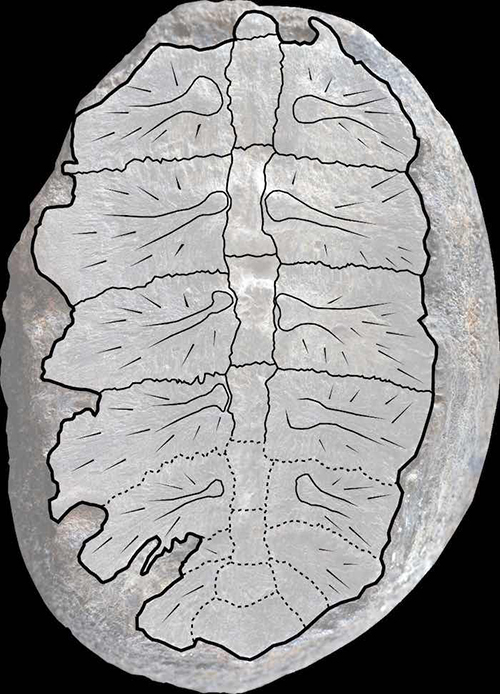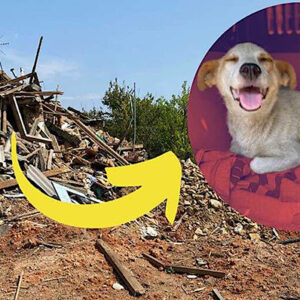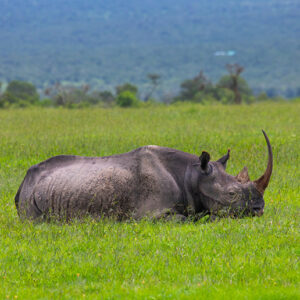
In a surprising turn of events, what was believed for years to be a fossilized plant has been unveiled as the remains of a baby turtle, leading researchers to affectionately nickname it “Turtwig” after a popular Pokémon character with a similar hybrid nature.
This revelation comes after decades of misidentification, shedding new light on fossils collected in Columbia by Padre Gustavo Huertas during the 1950s to the 1970s.
The specimens in question were initially believed to be small, round rocks adorned with lines resembling leaves, leading Padre Huertas to classify them as a type of fossilized plant in 2003.
Published in the journal Palaeontologia Electronica, a new study was conducted where researchers re-examined the “plant” fossils. They found that these so-called plant fossils were not plants at all, but rather the remains of baby turtles.
Paleobotany student at the Universidad Nacional de Colombia, Héctor Palma-Castro, said “It was truly surprising.”
These fossils, identified as Sphenophyllum colombianum, originated from Early Cretaceous rocks dating back 113 to 132 million years ago, a period that coincided with the era of dinosaurs.
Interestingly, fossils of Sphenophyllum colombianum were already rare during that time, as other known members of the genus Phenophyllum had become extinct over 100 million years earlier.
The unique combination of the plant’s age and its locality captured the attention of Dr. Fabiany Herrera, a Columbian-born scientist serving as the assistant curator of fossil plants at the Field Museum in the United States, along with his student, Mr. Palma-Castro.
Dr. Herrera recalled, “We went to the fossil collection at the Universidad Nacional de Colombia in Bogotá and started looking at the plants, and as soon as we photographed them, we thought, ‘this is weird.’”
Despite the initial appearance of the fossils resembling rounded nodules with preserved plant leaves, Herrera and Palma-Castro observed certain features that did not align with typical plant characteristics.

“Deciphering the shape and margin of the leaf proved challenging,” said Palma-Castro.
“When you look at it in detail, the lines seen on the fossils don’t look like the veins of a plant,” explained Dr. Herrera. “I was positive that it was most likely bone.”
To confirm their suspicions, Dr. Herrera reached out to paleontologist Edwin-Alberto Cadena, an expert in turtles and vertebrates at the Universidad del Rosario in Bogotá. Cadena, upon reviewing the photographs, confirmed that the fossils resembled the bony upper shell of a turtle, known as the carapace.
Seeing the scale of the photos, Prof. Cadena said, “Well, this is remarkable, because this is not only a turtle, but it’s also a hatchling specimen, it’s very, very small.”
Prof. Cadena and his student, Diego Cómbita-Romero, took a closer look at the specimens and compared them with the shells of both fossil and modern turtles.
“When we saw the specimen for the first time I was astonished, because the fossil was missing the typical marks on the outside of a turtle’s shell. It was a little bit concave, like a bowl,” said Cómbita-Romero.
“At that moment we realized that the visible part of the fossil was the other side of the carapace, we were looking at the part of the shell that is inside the turtle,” he added.
Examination of the intricacies in the turtle’s skeletal structure enabled the researchers to approximate its age at the time of death, suggesting that the juvenile likely perished before reaching one year old.
Prof. Cadena said, “This is actually really rare to find hatchlings of fossil turtles in general. When the turtles are very young, the bones in their shells are very thin, so they can be easily destroyed.”
In addition, the researchers explain that the rarity of fossilized baby turtles makes their discovery a rather important one. They shared, “Discoveries like these are truly special.”
What Padre Huertas initially identified as leaves and stems turned out to be the modified rib bones and vertebrae forming the distinctive shell. The specimen earned the moniker ‘Turtwig,’ inspired by a Pokémon character that embodies both turtle and plant attributes.
“In the Pokémon universe, you encounter the concept of combining two or more elements, such as animals, machines, and plants. In this case, Turtwig—the baby turtle with a leaf attached to its head,” said Palma-Castro.
What are your thoughts? Please comment below and share this news!
True Activist / Report a typo


